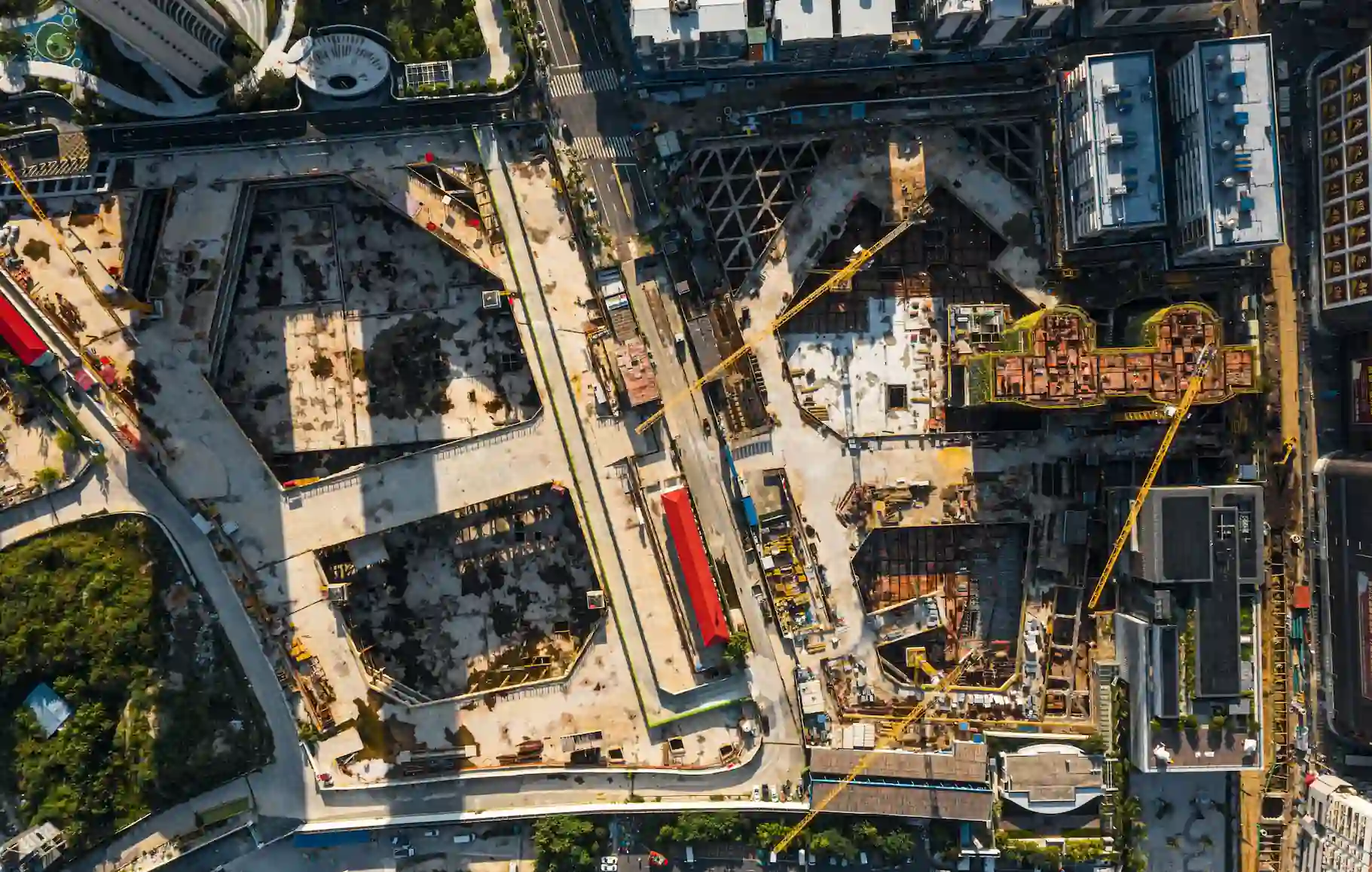Mumbai, a bustling metropolis and the heart of India’s economy, has always been under pressure to solve its affordable housing crisis. With its fast-growing population and scarce land, the city has to explore new ways to meet the housing needs of its citizens. To address this challenge, Slum Rehabilitation Authority (SRA) projects have emerged as a vital solution, helping to redevelop slums and dilapidated buildings into modern, sustainable housing.
In recent years, developers from all over India have recognized the vast opportunities in Mumbai’s slum rehabilitation and redevelopment sectors. Developers from across India, including Bengaluru and Delhi, are increasingly eyeing Mumbai’s redevelopment projects. These opportunities offer attractive profits while helping the city grow and ensuring better living conditions for its residents. From Bengaluru to Delhi, developers are excited about Mumbai’s redevelopment opportunities.
Table of Contents
Upgrading Mumbai’s Slums: Creating Better Homes for Everyone
Revitalizing Mumbai’s Slums is a key initiative in Mumbai, working to provide better housing for slum residents and allowing developers to build new, modern residential spaces in these areas. This model not only solves the problem of slum housing but also contributes to the creation of affordable flats in Mumbai, the city’s most densely populated area.
Many families are stuck in overcrowded and unhygienic living conditions, and these redevelopment projects offer a chance for better homes, improved infrastructure, and new opportunities for everyone. These redevelopment projects bring the hope of better living conditions for everyone
Major Developers Enter the Market
Across the country, top developers are jumping into the redevelopment sector to take advantage of the significant opportunities in Mumbai’s slum rehabilitation and redevelopment projects. In May 2022, Prestige Group from Bengaluru unveiled "Daffodils," a luxury redevelopment project in the upscale Pali Hill area of Bandra West. Spanning 1.2 lakh square feet, about 70% of the residences have already been sold. Developers like Puravankara Ltd are also entering the market, securing redevelopment rights for projects in desirable areas like Breach Candy.
In 2023, DLF Ltd, a major real estate player based in Delhi, entered the Mumbai market, marking a significant shift towards slum rehabilitation projects. DLF partnered with Trident Buildtech Pvt. Ltd. to redevelop the slum settlements project in Andheri West, tapping into the growing demand for residential spaces in the city’s central and suburban areas. Even Adani Properties, based in Ahmedabad, won the mandate to redevelop Dharavi, one of the world’s largest slums, covering an expansive 600 acres of land.
The Redevelopment Landscape
Mumbai’s redevelopment landscape isn’t limited to slum rehabilitation alone. Many old, cessed buildings that have outlived their lifespan are also being redeveloped to make way for modern homes. Dhaval Ajmera, Secretary of Credai-MCHI, mentions that more than 25,000 buildings in the Mumbai Metropolitan Region (MMR) are up for redevelopment, showing the huge potential in the market.
The development process includes a variety of models, from housing society redevelopment to slum rehabilitation. These projects offer developers the opportunity to make the most of a higher Floor Space Index (FSI), allowing them to create more buildable space and, as a result, enjoy higher returns. Given Mumbai's ongoing demand for residential flats, developers are eager to meet this growing need.
Challenges Developers Face in Mumbai’s Redevelopment Market
With the Dharavi redevelopment and similar projects moving ahead, Mumbai’s real estate market is gearing up for change. It’s an exciting time for anyone looking to buy or invest in the city. Slum rehabilitation projects are becoming an important part of the city’s future. While the Slum Rehabilitation Authority (SRA) plays a role in overseeing these projects, developers still have to navigate a lot of legal and bureaucratic processes.
As Gulam Zia, Senior Executive Director at Knight Frank, points out, “Every SRA project is a political landmin. cleaning slums is the dirtiest aspect of development in Mumbai.” Developers need to ensure that the land they’re working with is properly demarcated, and the issues with slum dwellers and local governance are sorted before the redevelopment begins.
Sometimes, developers run into big problems when working on slum redevelopment projects. For example, Housing Development and Infrastructure Ltd (HDIL) and Orbit Group both faced financial struggles and couldn’t finish their projects. This shows how important it is for developers to have both experience and solid finances to handle the complex social and financial challenges of these projects.
A Competitive Market
The redevelopment market in Mumbai is becoming more competitive, with more developers trying to secure SRA redevelopment rights. Big names like Hiranandani Group, Keystone Realtors, and Raymond Realty are already working on several projects, which is driving the market forward. As a result, there’s a growing number of luxury apartments and modern buildings in areas that were once slums.
The Slum Rehabilitation Authority (SRA) projects in Mumbai are transforming the city, creating a win-win situation for both developers and slum dwellers. As more developers from across India enter the redevelopment market in Mumbai, the city’s skyline is rapidly changing, bringing new opportunities and a better quality of life to its residents. The demand for affordable housing and the rise of luxury flats in redeveloped areas show that Mumbai’s future is one of growth, innovation, and social transformation.
With projects like Dharavi redevelopment picking up speed, Mumbai’s real estate scene is on the brink of something big. This is an exciting time for both homebuyers and investors. Whether you’re looking for a home or looking to invest, the future of slum rehabilitation projects looks full of promise.

